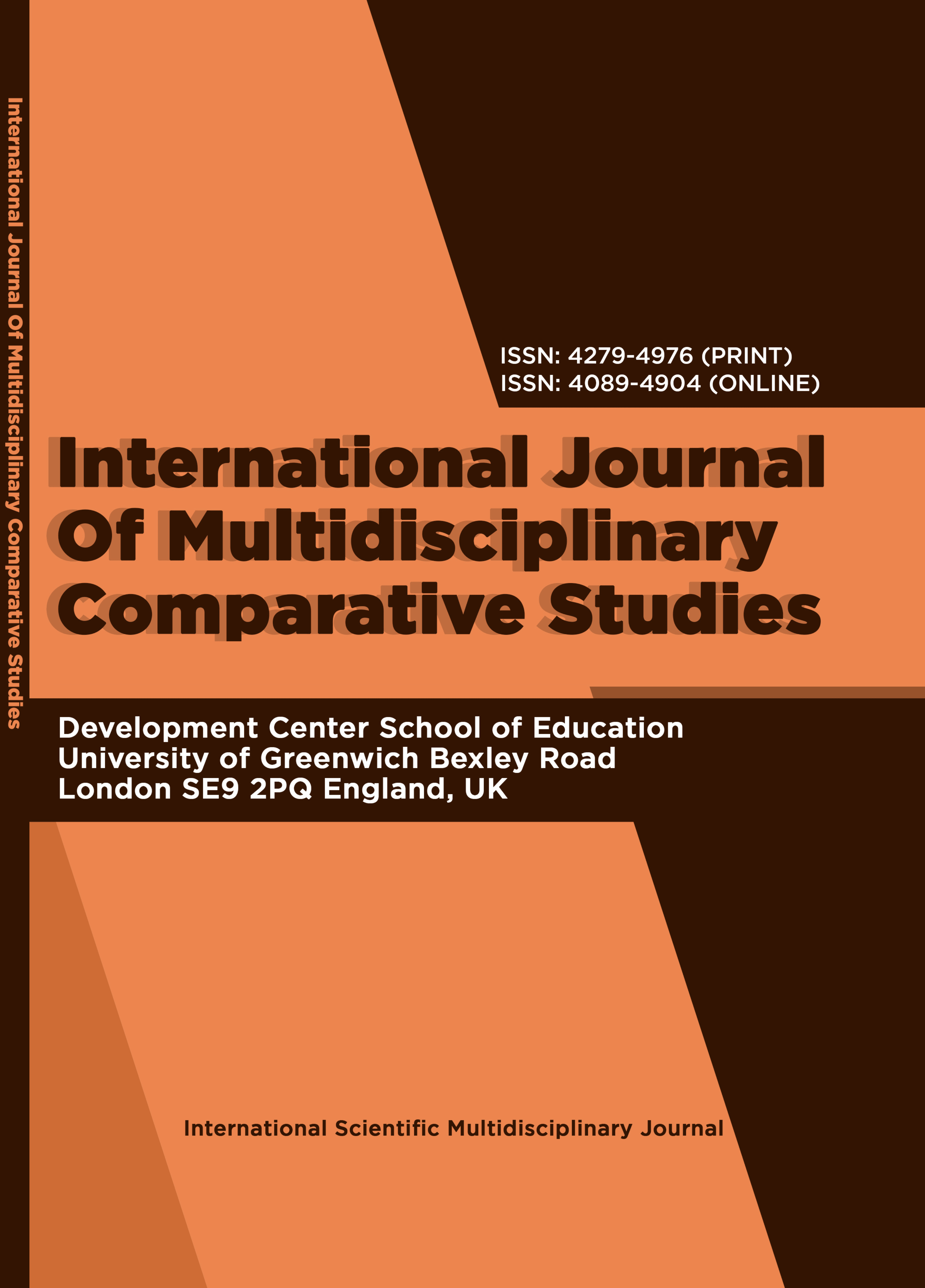INTERNATIONAL JOURNAL OF MULTIDISCIPLINARY COMPARATIVE STUDIES (IJMCS)
STEM Learning Model Implementation Assisted by E-Module on Problem Solving and Mathematical Literacy Abilities
E-ISSN: 4089-4904
P-ISSN: 4279-4976
DOI: https://iigdpublishers.com/article/850
This research aims to analyze the effect of STEM model learning on problem-solving ability and mathematical literacy ability. The research uses a quantitative approach with a Quasi-Experimental research design in the form of a Pre-Post Group Design. The research instruments are learning instruments, tests, interviews, and test question validation questionnaires. The data analysis results using the Wilcoxon test show that there is an influence of using the STEM learning model on problem-solving abilities and mathematical literacy with a p-value lower than 0.05. The STEM learning model improves the students' problem-solving abilities in the medium category (N-Gain = 0.4644) and mathematical literacy abilities in the medium category (N-Gain = 0.3889). These results conclude that the STEM learning model can be an alternative solution to improving students' problem-solving abilities and mathematical literacy.
APRILIA NURUL CHASANAH, SYITA FATIH ‘ADNA & JULIA HANIFAH AHZA
Alberta. (2018). Literacy and numeracy progressions. (Online). https://education.alberta.ca/literacyand-numeracy/
Anderson, J. (2000). Mathematics curriculum development and the role of problem solving. ACSA Conference.http://www.acsa.edu.au/pages/images/judy%20anderson%20%20mathematics%2 0curric ulum%20development.pdf
Basilotta, G. V., Martín, P. M., & García, V. M. R. A. (2017). Project-Based Learning (PBL) through the incorporation of digital technologies: An evaluation based on the experience of serving teachers. Computers in Human Behavior, 68, 501-512. https://doi.org/- 10.1016/j.chb.2016.11.056
Cheng, K. (2017). Advancing 21st century competencies in East Asian education systems. Hong Kong: Asia Society Center for Global Education.
Hannover. (2017). Successful K-12 STEM education: Identifying effective approaches in science, technology, engineering, and mathematics. National Academies Press.
